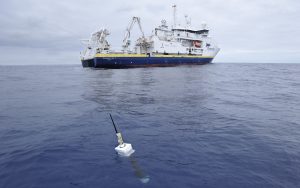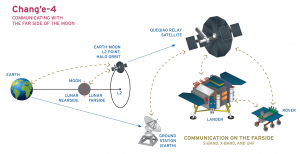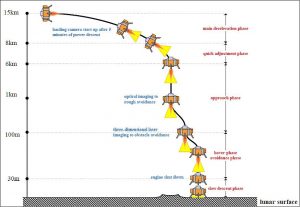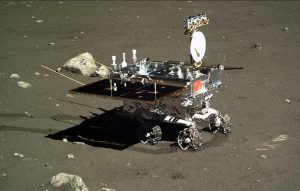Finding a smart drug like Bradley Cooper’s character in the movie Limitless is a dream of most university students. In this movie, Bradley Cooper discovers a mysterious pill, NZT-48, which allows him to access 100% of his brain. This starving writer transforms into a financial genius overnight.

Adderall XR in a pill bottle. Adderall is an amphetamine, usually prescribed to those with attention deficit hyperactive disorder, or ADHD. (Photo uploader: https://commons.wikimedia.org/wiki/File:Adderall_XR_20mg.jpg)
Alpha BRAIN is a drug that Onnit, the manufacturer, claims will improve brain function. Alpha BRAIN is an all natural, caffeine free, gluten free supplement that Onnit says has been “…shown to help improve memory & focus”.
Although it would be great if an all-natural, safe, cheap supplement existed that would allow everyone to be a genius, this does not seem to be the case. The evidence does not support Alpha BRAIN being a real life NZT-48 Limitless pill. Not only is there major financial conflict of interest in the studies around Alpha BRAIN, the results of these studies are deliberately contorted to benefit the supplement industry.
With the increasing prevalence of “smart drugs” on university campuses, it is obvious that students are trying to get ahead of the competition. These cognitive enhancing “smart drugs” are known as nootropics. Nootropics such as Adderall and Ritalin are DEA Schedule II drugs along with cocaine, methamphetamine, OxyContin, fentanyl and other dangerous substances. This tight governmental control makes it difficult, not to mention illegal, to acquire smart drugs like Adderall and Ritalin without a doctor’s prescription. But no fear, Onnit is here!
You may have heard celebrities like Joe Rogan in “The Joe Rogan Experience” talk very highly of a supplement called Alpha BRAIN. Onnit is a company which creates and sells supplements to fix a plethora of issues. Their top selling supplement is Alpha BRAIN. For about $1 a pill, Onnit promises enhanced memory and focus. Onnit’s website states,
“If you aren’t taking Alpha BRAIN, you are playing at a disadvantage.”
Onnit refers to a clinical study on their website which found that Alpha BRAIN improves memory and focus. This study, conducted by Todd M. Solomon and his team, was funded by a grant from Onnit – oh how convenient! Solomon also personally received monetary compensation for consulting with Onnit.
Cognitive enhancement was measured through a series of several tests in both the placebo group and the Alpha BRAIN treatment group. Each group showed one instance of statistically significant cognitive enhancement. This does not prove that Alpha BRAIN actually works like Onnit leads its customers to believe. All it shows is that Alpha BRAIN has a success rate equal to that of a sugar pill.
Will Alpha BRAIN improve your grades? Probably not. Will it hurt you? Probably only your wallet. There is no evidence to support Alpha BRAIN as an effective cognitive enhancer. In the famous words of Richard Carlson,
“If it seems too good to be true, it probably is.”
Written by Nick di Lello










